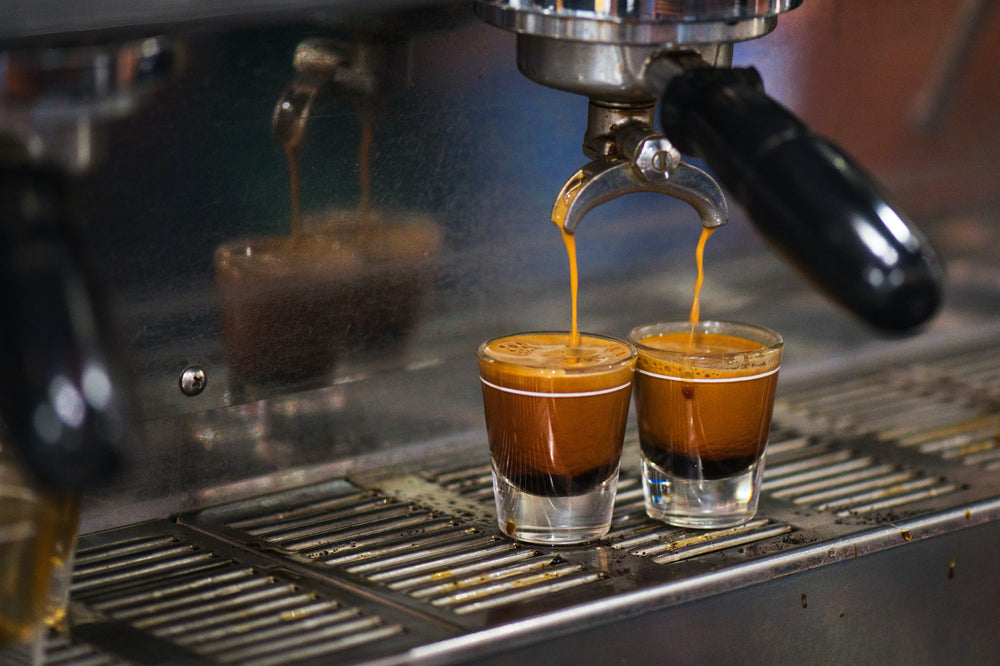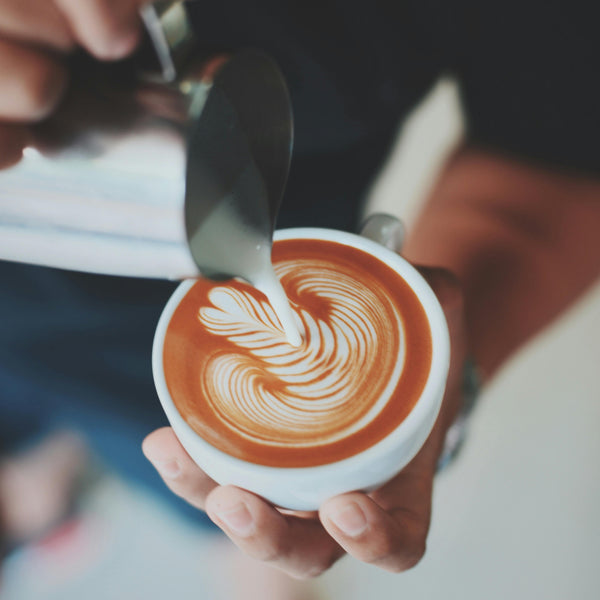The flavour and strength of the espresso shot will differ based on the beans selected; For example, Kenyan, Sumatran, or Guatemalan coffee, would generally have more dissolved solids thus taste more "strong." Fuller-bodied coffees will have a distinct feel as well as taste. Whereas the most expensive coffees like Arabica, introducing Robusta beans to the mix is a proven method to boost caffeine levels and add crema.
But how much is a shot of espresso? 1 fl oz is simply equal to 1 shot of espresso, whereas 2 fluid ounces equals two shots. 30 mL equals a fluid oz. The espresso shot volume (water) that passes through the espresso is referred to by this number.
A single shot of coffee generally requires 7 grammes of coffee, whereas a double shot requires 14 grammes. Based on your machine as well as how strong you drink your coffee, you may increase this up to 9 grammes for a single cup and 18 grammes for a double.
The brewing time for a double shot is between 20 and 30 seconds. Many espresso machines, however, are set up to provide a specific amount of pressure, to a specific quantity of water, which the espresso in the portafilter resists, (the pressure is measured in bars). A finely ground espresso will oppose the flow of water too much, whereas a coarsely ground espresso will allow the water to easily pass through too quickly, resulting in an under-extracted brew.
Several espresso recipes, such as Cafe Mochas and Dulce de Leches, call for a double shot. This guarantees that the coffee taste is sufficiently robust in comparison to the other components. Be careful to use a double shot every 8-12 oz of final drink when creating particularly complex drinks or bigger servings, such as an Espresso Granita.
To avoid the heated flavour of the espresso turning the drink lukewarm, cool the espresso in the refrigerator prior to mixing with the other ingredients.
What is espresso?
Espresso is a concentrated coffee delivered in tiny, powerful doses that serve as the foundation for a variety of coffee beverages. It's produced from the same beans as coffee, but it's more potent, thicker, and contains more caffeine. Espresso, on the other hand, has very little caffeine per serving compared to coffee since it is generally served in smaller portions.
Espresso is created from the same plant that is used to make coffee, and it is cultivated, processed, as well as roasted in the same manner. Espresso may be made with any type of coffee, regardless of origin or roast. The grind and handling of the beans are the main differences between coffee and espresso.
Before hot water is pumped into the espresso machine, the espresso beans are crushed to a thinner consistency than coffee and securely packed. This produces a shot of espresso, which may be consumed straight or used to prepare a variety of beverages, such as cappuccinos and Americanos.
Espresso is bitter, faintly sweet, acidic, and toasted, with all of the tastes of coffee enhanced. Based on the coffee roast, the specific flavour profile can differ. It has a creamier, thicker consistency than coffee.
Espresso is particularly popular in its homeland of Italy, where it is usually consumed straight from the machine. Espresso shots are served in specifically designed espresso cups. The one-ounce shots provide a rapid and powerful boost. A two-ounce double shot of espresso is also available. To help maintain quality constantly, some coffee shops only provide double shots or a doppio.
Espresso may be also produced with the same quantity of coffee but twice as much water as it is lungo or "long." Espresso is consumed all day, but is particularly popular in the mornings, even after dinner.
How to Make an Espresso
It's difficult to make outstanding espresso. Wonderful freshly roasted beans (Robusta beans or Arabica beans etc), a superb brewing method, and a decent, clean espresso machine plus grinder are all required. You should also be aware of the ideal procedures for pulling an espresso.
1.CLEAN YOUR PORTAFILTER
Ensure your portafilter is neat and clean before you pour the coffee into it. Moisture and remaining grinds may make your future espresso harsh and bitter.
2. DOSE CORRECTLY
This ought to be a breeze. On-demand grinders require only the pressing of a button using your portafilter as well as hand, as well as the grinder will dosage your pre-set dose. Measure your quantity on a scale prior to actually distributing and tamping if you truly want to become an expert and nerdy espresso maker. Since your dose will not be too much or too little, you may be confident that your extraction will be accurate.
DISTRIBUTE YOUR GROUNDS IN THE PORTAFILTER
Make sure to distribute the coffee grounds before you start tamping. Distributing ensures that the coffee is evenly distributed, if you do not distribute these espresso fine grounds, you will end up with some sections of the basket having more coffee and others having less. Channelling may occur as a result of poor ground distribution.
You can utilise distribution tools if you want perfect even distribution. Espresso distribution tools are a fantastic method to improve the uniformity of your espressos and extractions.
TAMP EVENLY AND CONSISTENTLY
Tamp in a much more contemporary manner. The purpose of tamping is to eliminate any air bubbles from the coffee puck and level it out entirely. Tamp so long and "hard" that the puck feels squeezed Make sure the puck is properly levelled to eliminate channelling, over-extraction, under-extraction as well as uneven extraction.
5. RINSE YOUR GROUP HEAD
It's a good idea to clean the group head before putting the portafilter on it to get rid of any old coffee. A simple method for keeping your espresso machine clean. Rinsing also ensures that the group head is correctly heated, perhaps allowing you to extract more coffee.
6. INSERT THE PORTAFILTER AND START BREWING IMMEDIATELY
After washing, attach the portafilter to the head and start brewing coffee. However, do not begin brewing right away since the heat coming from the group head can burn the coffee surface, producing bitter tones in the coffee.
7. BE AWARE OF THE YIELD & BREW TIME
Be mindful of your brew time if you're using a volumetric machine. You may wish to prepare a new espresso and/or double-check your grind size as well as dose if the extraction time is too little (under-extraction). You must also do the same if it is too much (over-extraction). If you are using a manual espresso machine, you need to be mindful of the yield. For example, if the espresso-based drink is running a little too quickly, it may mean that you are making the espresso milder while also perhaps over-extracting.
8. SERVE
If you completed these instructions and used a decent brewing formula, you should have a delicious espresso in your cup. It's important to keep in mind that baristas work in the hospitality industry, therefore make every effort to provide excellent service to the customers who are coffee lovers. Tell coffee drinkers a little bit about the coffee you're using as well as what flavours they can expect from the espresso. Finally, and most importantly, SMILE. You can brighten someone's day with a delicious espresso presented with a grin.
Espresso Measurements
Preparing a wonderful cup of espresso begins with making the right shot, regardless of the strength and water ratio you like.
It's ideal to use a scale to ensure that you're accurately administering each shot, at least once you're confident you're following the exact same procedures every time. As a result, the measurements you must be interested in are: Weight
- Temperature
- Pressure
- Time
- Volume
The dose or quantity of coffee in the portafilter is measured by weight. Many people use approximately 17-18 grammes of ground coffee for a normal double espresso.
A scale is by far the most precise way of measuring ground coffee. So, using the portafilter grind, rip it out, and then weigh it.
If a very precise scale is not available, grind into a double-shot basket, overfill a little, and level it out.
This approach is certainly not as exact as a scale, but it typically puts you in a reasonable range, and if you fill in the level, exact each time, you may receive a dose that is very regular.
Different grinders with built-in timing features and even grinders that automatically grind to a predetermined weight are available for an accurate dose.
1 fluid ounce of espresso takes roughly 7 to 9 grammes of ground coffee for a single shot. A doppio, or double shot of espresso, needs 14 to 18 grammes of coffee and yields 2 fluid ounces.
1 ounce equals one shot. 2 ounces equals a double shot. It's quite basic and clear until we get into the many varieties of espresso shots available.
A normal espresso shot has a water ratio of 1:2. However, whether you want a standard espresso shot or a lungo, the price differs. For a lungo, a 1:3 ratio of coffee to water is ideal. The ratio of ristretto to ristretto is around 1:1.
Espresso and temperature
For temperature, you'll need to know the brewing water temperature. According to the machines you are using, this might be a little complex.
If you're using a different machine, ensure sure it's properly warmed up and that the portafilter is locked within the group while not in use.
The desired brewing temperature is between 195 to 205 Fahrenheit for espresso and most coffee techniques. It's simple to accomplish the temperature you want on dual boiler machines that feature a PID control, and once everything is heated up, you'll obtain it. Flushes are used to regulate the temperature in coffee makers using heat exchange boilers.
Coffee machine with heat exchange boilers
The initial shot of brew water in such machines is nearly always above 205 degrees Fahrenheit. Brewing is started momentarily before connecting the portafilter to drain off the overheated water.
It usually glows for some seconds after the water in the group has slowed down, showing that the temperature is below boiling.
After that, you may alter the brewing temperature by flushing for another few seconds to go colder or fewer seconds to go hotter.
Temperature management is considerably more difficult on single boiler machines or entry-level coffee makers with thermo-block boilers.
Espresso and pressure
Certain machines, usually the higher-end ones, include a gauge that displays in bars for brewing pressure.
If you're unfamiliar with the concept of bar pressure, 1 bar equals 14,5 pounds per square inch of atmospheric pressure at sea level. While brewing espresso, a pressure of 8 to 9 bars is the absolute minimum. If you are using an espresso machine that does not have an indicator for the brewing pressure, you don't have to worry because the extraction timing can also be used to see if you are in the right brewing pressure range.
Measure the time it takes to make a little more than 2 ounces of espresso while timed.
Brewing pressure and removal time are regulated by small size and dosage changes and, to a lesser degree, prefusion as well as the brew temperature.
Now whether it is less than 20 or more than 30 seconds, first experiment with the grinding size while maintaining the coffee dose.
Finally, assuming you're using a good holding coffee, the most essential element to consider while preparing espresso is the grind size.
You can tune in a grind size that delivers the finest possible espresso from the coffee you're using by being able to reliably manage other variables such as dose weight and brewing temperature.
Espresso Frequently Asked Questions
How Many Oz is Espresso?
A single shot of espresso coffee is roughly 1 oz of fluid coffee, while a double shot of espresso is 2 oz. The weight of an ounce is approximately 30 millilitres (mL) or 28 grammes.
How Much Water is there in a Shot of Espresso?
1 fluid ounce of water (that's 30 millilitres, is required to make a single shot of espresso. 7 grammes of finely ground Whole Bean Coffee are also required.
How long does it take to pull a shot?
It should take around 20 - 30 seconds to pull a single shot of espresso. If your shot takes longer or shorter than this, make sure your grind size plus tamping are correct. Nobody likes an espresso shot that is either under-extracted or over-extracted!
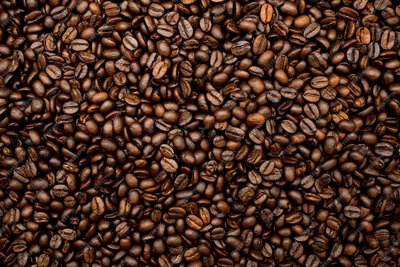
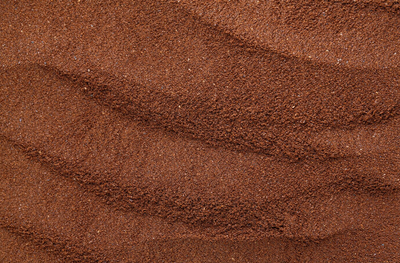
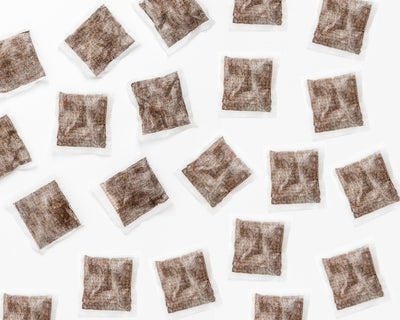
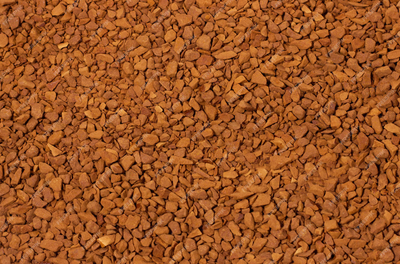
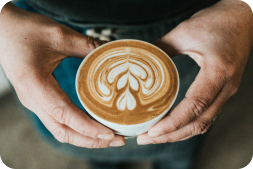
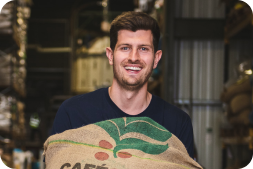
 Log in
Log in